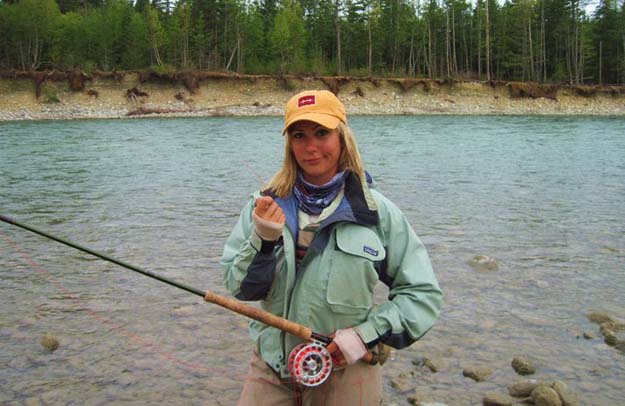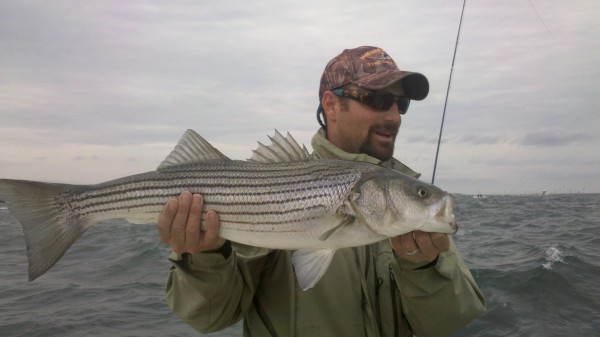The question (was) – how to cast further and get deeper?
[dropcap]Y[/dropcap]ears ago, fly anglers of the salty kind and the “big water” lads and lasses of the American and Canadian West needed a new system to reach fish too far for their conventional nine footers and two-handed spey sticks, and throw large, tempting morsels.
The frustration of not reaching daisy chaining tarpon or salmon sitting in pools too far to reach were the mother of invention. Initially, rod manufacturers… the driving force in “casting think” at the time, kept trying new and improved fly rods, but to no satisfaction of anglers. Eventually, it would be the fly lines and tips that became the performance additive to better, and longer casts and getting deep.
Back in the day
A short section of lead core line added to a lopped-off front-end section of the fly line did the trick… almost. The connector knots a bear and a negative when casting – think guides and personal injury.
That short section of lead core line would later become what is known today as a shooting head. The first homemade versions of a shooting head were casting disasters, and if the unsuspecting angler used a false cast as the engine for line speed – duck.
Uh oh, duck!
Using a false cast to launch a fly either kinked the lead core line or sent the caster to the hospital having been hit in the head with a flying object traveling at Star Wars speed.
The best result with the homemade lead core shooting head was a cast that, hopefully, delivered a fly a long way. However, usually to a coordinate not predicted. The fly did, however, sink rapidly – a plus intended.
The westerners had a better time of it because they had learned to use water surface tension to load the rod. Easterners were reduced to a contrived roll cast, which was laughably written about as if a revelation. Only a few Pilgrims figured out how to use surface water tension to load their rod.
Anyone who used lead core line to troll benefited from deep dredging – finding the cool water depths pescadoes liked during the summer heat.
Refinement soon arrived
Today, almost all fly line makers have their version of shooting head fly line “construction,” and tips for fly depth control. The age old tangle issue was resolved as was the bulky connector knot issue, and the bodily damage caused by a projectile was substantially reduced.
Choices
A switch rod maker, like R. B. Meiser, builds their rods and perfectly matches “their” own fly line to each rod weight/designation. The balancing of long rods with a shooting head fly line (switch and spey) is paramount to achieving good casting outcomes.
Several rod makers, like Sage, produce combos – their rods with reels and fly lines (shooting heads) that make choosing unnecessary.
A universal choice, one size fits all (not nymphing), is OPST’s Commando Head and Lazur Line – a pairing that is never a bad choice for any fly rod system: spey rods, nine footer or shorter conventional fly rods or switch length rods. And any build-out material as well: bamboo, glass, graphite, or graphite and boron.
The pro and con arguments of using “shooting heads”
Cons:
Poor line control when mending because of weight differences line and head.
Hard to make soft presentations.
Nymphing an issue.
Generally, not great on short casts.
Pros:
Single or double handed – coverage and distance, and getting deep (stripers, salmon).
Pitching large, heavy flies.
Much, much less fatigue casting long distances for a long period of time, any venue.
The introduction of OPST Commando Fly Lines and Lazur Running Lines
NOTE: Featured Image is April Vokey, British Columbian Steelhead angler/guide and Federation of Fly Fishers (FFF) certified casting instructor and dedicated conservationist.



